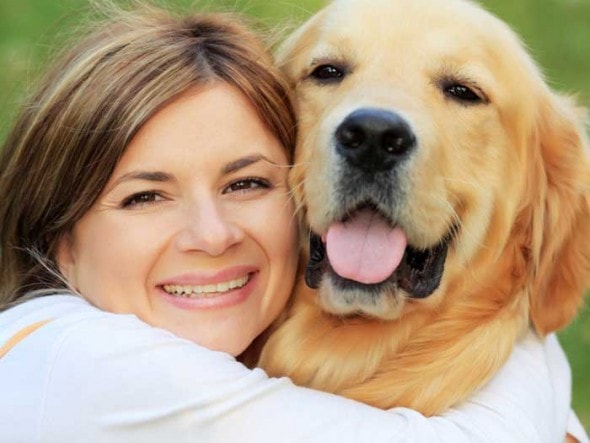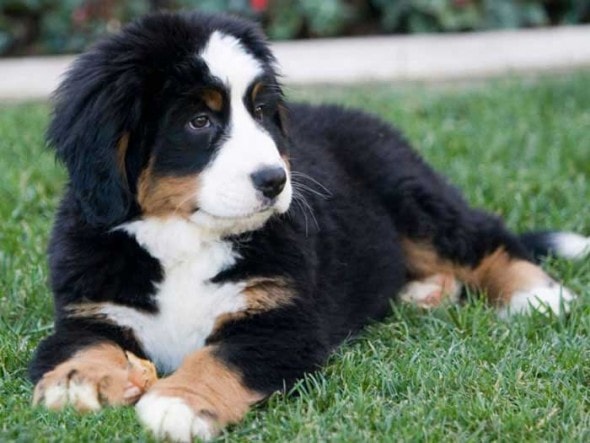
Summer time can be a stressful time of the year for dogs. Increased thunderstorms and fireworks can make for a rough time for your pet’s, especially with all the loud noises associated with both. Thanks to Barkbusters, there are some things you can do to help.
Richard and Vicki Horowitz are the force behind Barkbusters. They are all too familiar with how difficult it can be to keep a dog under control under these circumstances. Dogs can exhibit behaviors like running and hiding, panicking and barking, and becoming destructive.
They attribute this seasonal fear with two things. First, your dog can sense the change in the weather. They pick up on the drop in barometric pressure, and often will detect a huge storm before it actually hits where you are. This early warning system usually drives the animals affected by it to find shelter, but that’s something your dog already has. For some reason, this is a big time stressor for most dogs.
The second thing it has to do with is sound. Dogs and many other animals have an acute sense of hearing. Sometimes, so much so that something like a clap of thunder, or an exploding firework becomes nothing short of terrifying.
So, what can be done to help your dog? Well, here are a few suggestions the Horowitz’s have to help with storms:
- “Always keep proper identification securely fastened to your dog’s collar in case your dog gets out. Be sure to keep it up to date.”
- “Give your dog a safe place to stay during storms. Create a quiet den-like area where your dog can feel secure. A crate or kennel can be a calming refuge.”
- “If your dog lives outside, cover his doghouse or dog run with a blanket to shield him from the bursts of lightning.”
- “Dogs can pick up fear or discomfort with storms from their owners. Let your dog stay close and try to distract him with activities like play or brushing. Do not try to reassure him in a sympathetic voice—this will sound like praise and may increase his nervousness and anxiety.”
- “Some dogs become destructive when frightened. A crate or confined area is always the best way to keep your dog safe and minimize any destructive behavior.”
- “During a storm, keep windows and curtains closed to reduce noise and bright flashes. Turn on a TV or radio playing soft music at normal volume to distract your dog and help him to relax.”
- “Keep your dog away from doors that lead outside. This will minimize the chance of your dog getting out should he look to escape.”
- “If your dog is very anxious, it may become incontinent. Be prepared and don’t react in a negative manner.”
- “Dogs that are fearful of thunderstorms may have to be reconditioned by creating an artificial storm using YouTube videos or storm sounds.”
- “In the most extreme cases, speak with your veterinarian about possible medication treatments to help your dog cope with his fear of storms.”
When it comes to the 4th of July and fireworks:
- “Many of the same suggestions we discussed for thunderstorms are also relevant when it comes to fireworks. But there are some additional considerations.”
- “If you are going to the fireworks, leave your dog at home. This is where he will be the safest and most comfortable.”
- “Never leave your dog in the car. A partially opened window does not supply sufficient fresh air for him to breathe, and it creates an opportunity for your pet to be stolen.”
- “If possible, stay with your pet during the majority of the fireworks. A dog often reacts more intensely to loud sounds and flashes of lights when you are not with him.”
- “Consider hiring a pet sitter to stay with your dog while you are away from home.”
Using these suggestions should make it much easier for your dog when faced with these very scary things. Consistent practice will help foster your dog’s behavior, and provide good coping mechanisms that dogs can do without human intervention. For more information, or to find out more about Barkbusters, you can click here. There are a variety of topics covered, and great tips on helping you and your dog become even better friends!

